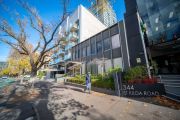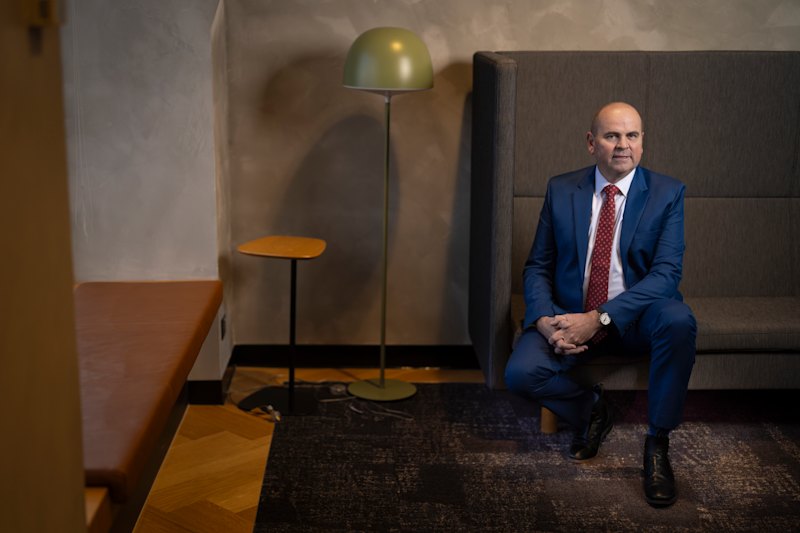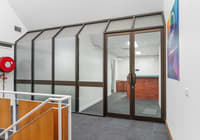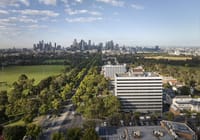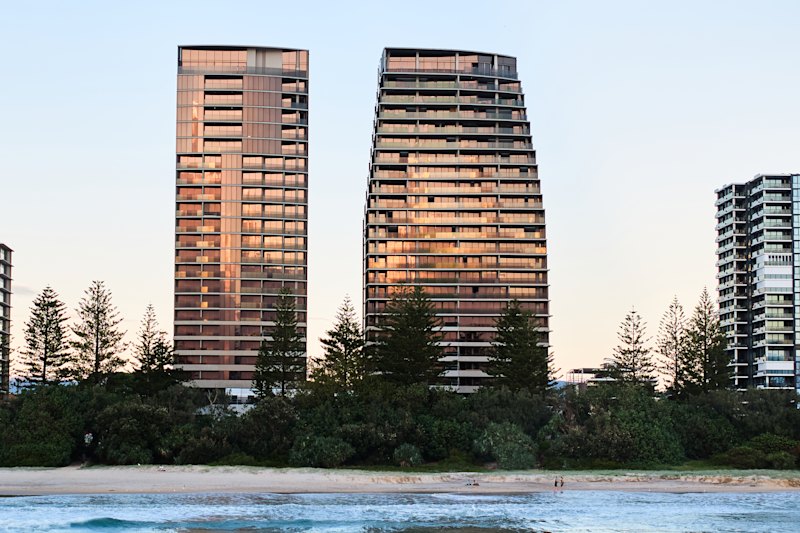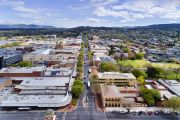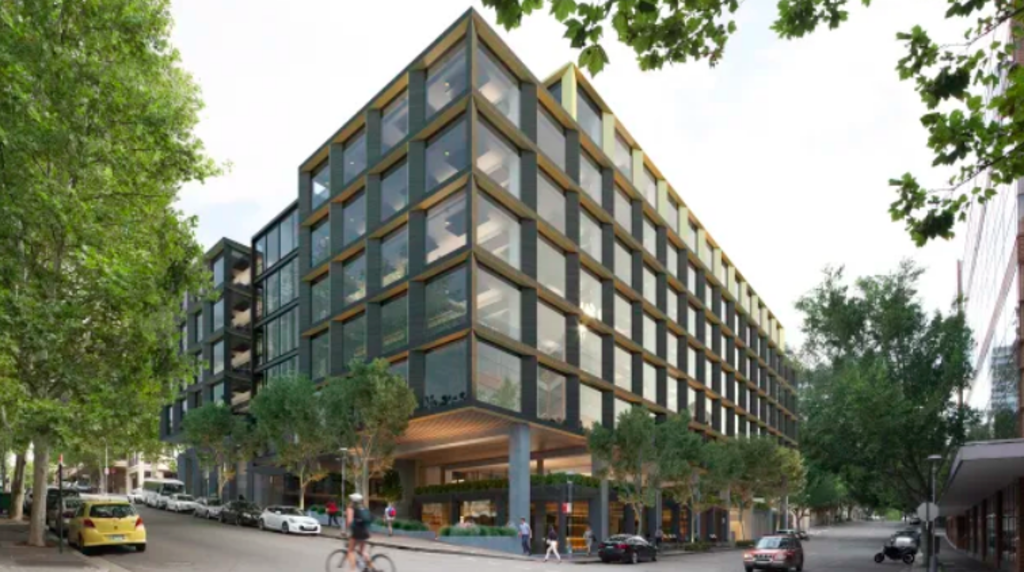
Hong Kong and Singaporean investors fill void left by China
Mainland China’s investment in commercial real estate in Australia fell off a cliff after peaking in 2015 but other Asian investors have been quick to fill the void as the flow of capital from Hong Kong and Singapore soars to record levels.
After China introduced its capital controls policy that put a limit on outbound investment in 2016, the country’s flow of capital into commercial real estate has dwindled from almost $4 billion in 2015 to just $225.8 million last year. Over the same period the amount of money invested by Hong Kong increased from $465.6 million to almost $2.1 billion last year.
Total foreign investment levels into Australia’s commercial property market reached $11.5 billion in 2019 – which was 33 per cent of total investment activity, according to new research by JLL.
Singapore was the biggest foreign buyer by country with about $4.3 billion invested directly in Australia’s commercial property market last year followed by about $3 billion invested by the US.
There was also a pick-up in activity from a mix of institutional and private money out of Hong Kong last year, despite a large chunk of capital attributed to the sale of Blackstone’s prized Sydney CBD office tower to the $31 billion Hong Kong-listed Link REIT for $638 million, JLL’s head of research Andrew Ballantyne said.
“Hong Kong money has been in Australia for a long period of time but I think if you were to highlight a specific factor, obviously what’s going on at the moment in Hong Kong with some of the social unrest is potentially a catalyst for groups looking to invest in offshore markets,” he said.
The fact that the Hong Kong listed Link REIT chose Australia for its first investment outside of Hong Kong and mainland China spoke volumes to how the Australian market was viewed globally, Rob Sewell, JLL’s head of office investments, said.
“Diversification benefits and a transparent commercial real estate market will continue to drive foreign investment into Australia, and buyers from Singapore, Hong Kong, Canada and China have also shown a willingness to take partial stakes in top-tier institutional grade stock,” he said.
“If you look at Singapore, a large part of the capital that comes in is either from GIC, their sovereign wealth fund, or the Singaporean REITs, who have a desire to seek geographical diversification in their portfolio and for a lot of them it’s really just about investment in Australia.”
While he expects Singapore to remain at the top of the list of where offshore capital will flow from in 2020, he said the country to watch closely was Japan. Last year its sovereign wealth fund, Government Pension Investment Fund (GPIF), surpassed Norway’s as the world’s largest with a total asset value of about $2.2 trillion.
“We’re starting to see a little bit more noise coming out of groups from Japan,” Mr Ballantyne said. “GPIF has started to invest in offshore markets. They’ve just bought a part share in Brussels Airport.
“Whether they get captured in our numbers depends on whether they invest directly or invest in a local wholesale fund, which gets classified as domestic [capital].”
While the inflow of capital from China had stalled, there hadn’t been “a complete outflow” of capital with Chinese investors largely holding on to the assets they have in Australia.
Mr Ballantyne pointed to China’s sovereign wealth fund CIC’s portfolio of nine office towers it acquired for $2.45 billion from Investa Property Group’s portfolio – the largest direct real estate transaction in Australia’s history – in 2015.

